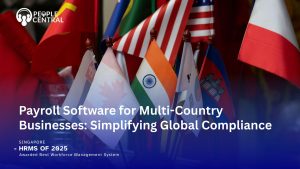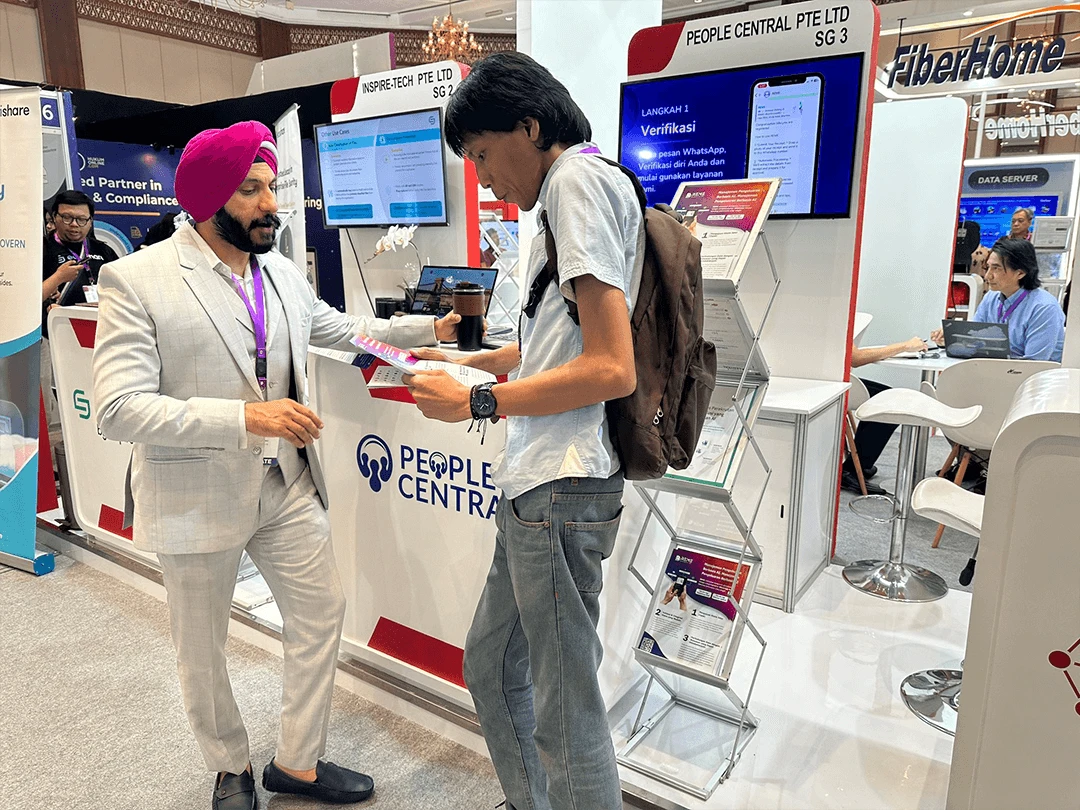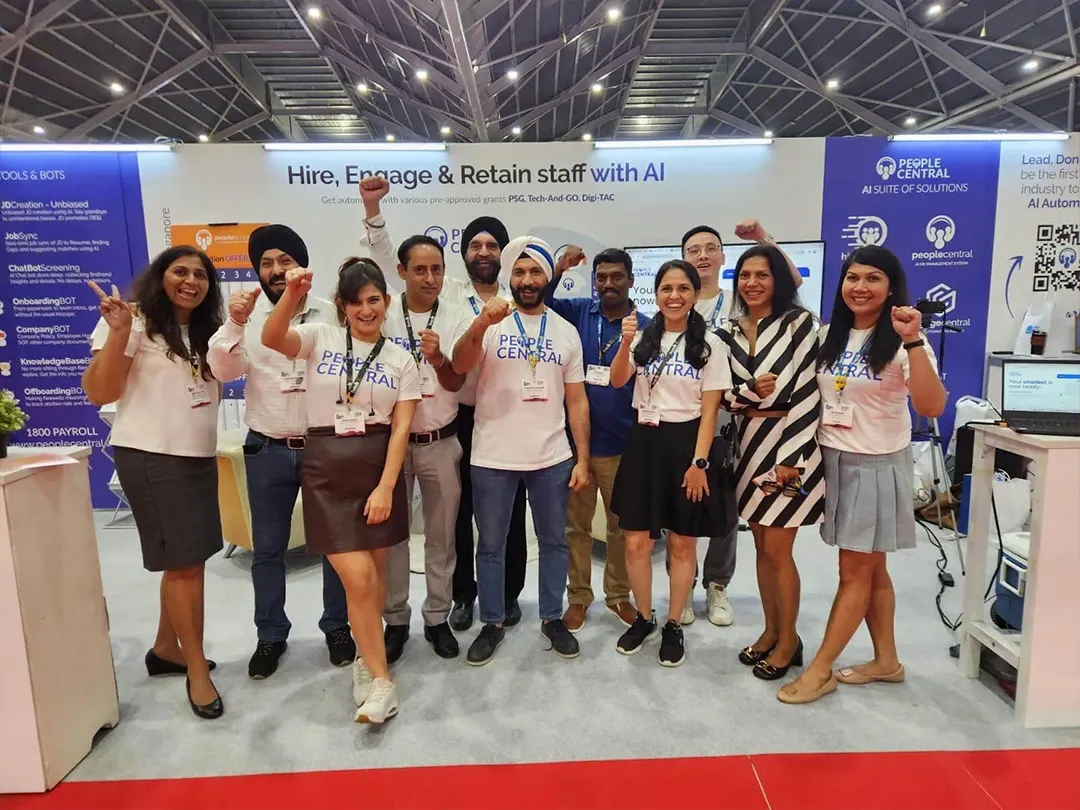HR admins and teams can leverage AI to streamline the various tasks involved in their job role. It could be recruitment, payroll, and benefits administration, draft policy documents and contracts, along with providing real-time HR assistance to their workforces. It also enables data-driven decision-forming for learning & development, retention, and overall Human Capital Management which helps reduce bias and enhance total experience of an organisation.
AI isn’t something which would take human jobs, as someone says “use it as an unpaid intern but not as a consultant head, you tell him what to do, it shall not”. This stands true at multiple levels, with individuals, the HR teams, and the organization as a whole, with varying advantages and risk managements.
Step by Step Strategy On Integrating AI In HR
I have below explained a simple process broken in easy steps to understand on effectively integrating AI in HR processes. It starts simply and is easy to comprehend, just understand your specific industry type and make minor iterations accordingly;
Also Read: Trends in Performance Appraisal 2025: AI, Feedback & HR Innovations
- Define Clear Objectives and Develop a Strategy:
- Identify specific HR challenges
- Set SMART goals
- Create a phased approach
- Focus on Ethical Considerations and Bias Mitigation:
- Promote fairness and transparency
- Regularly audit and monitor
- Prioritize data privacy
- Ensure human oversight
- Implement and Iterate:
- Start with pilot projects
- Gather feedback and iterate
- Focus on training and communication
- Leverage employee expertise
Implementation Timeline
| Phase | Timeline | Tasks |
| Understanding data needs and integration | Weeks 1-2 | – Understand data compilation needs.
– Identify the frequency for external support (e.g., data analyst). – Collect and integrate required HR data. |
| Ensure data privacy compliance | Weeks 3-4 | – Install data privacy protocols.
– Implement strategies to safeguards and ensure compliance. |
| HR training programs | Weeks 5-6 | – Develop a comprehensive training plan for HR staff.
– Outline key features, functionalities, and best practices. |
| AI pilot testing | Weeks 7-10 | – Conduct function-specific pilot tests, even for smaller steps in the process.
– As per the feedback, modify accordingly to refine processes. |
| HR team training | Weeks 11-12 | – Introduce training sessions for HR teams.
– Plan programs for hands-on practice and address concerns or issues. |
| Monitor and collect feedback | Ongoing | – Start periodic assessments of AI performance.
– Collect sustained feedback from end-users for ongoing processes. |
| Refine and optimize | Months 3-6 | – Refine AI-optimized processes as per the feedback.
– Identify emerging HR needs, address them to refine the tool’s operation. |
Also Read: CDAC Singapore 2025: Bridging Ideas and Solution
Applications Of AI In HR
1. Recruiting
AI helps organizations find the desired talent by analyzing profiles and matching them with job posters and descriptions. AI doesn’t only help parse resumes for HRs, it uses the conclusive data to compile together a list of suitable candidates to choose from. The evaluation process is completely AI-driven, ranging from video interview insights to personality assessments and providing data-driven and comprehensive reports.
2. Performance Reviews
Many of the HRs assist their operations managers to conduct performance reviews and form data-driven reports to assess workforce progress and provide inputs and insights at crucial times of increments and promotions. AI considers factors such as tasks accomplished successfully, project involvement and peer feedback to form reports and aid HR managers.
3. Employee onboarding/offboarding processes
Many of the organizations still keep their new hires occupied with paperwork related to joining obligatory procedures. But with AI-driven onboarding platforms, everything is available at one place, just a single user account, will get every obligation completed and meet deadlines as desired. This would result in new hires feeling less stressed and more welcomed. Same process assists completely in offboarding without any complications which often confuses the leaving employee.
4. Employee Engagement
HRs find it troubling to connect with every employee on a personal level, as this enhances trust and helps in retention, but this is not always feasible, especially when there are team members in large numbers. AI-powered tools can automate these processes and provide insights on employees to the HR teams, helping them understand every employee sentiment and connect easily.
5.Learning & Development (L&D)
AI could be largely leveraged to form personalized learning and development programs for employees. There are always people in your workforce who are always eager to learn new skills, this also helps an employer to prepare an employee with the roles and responsibilities of the senior position before they are actually promoted. It’s not feasible for a manager to train on a personal level every junior and that too on a regular basis. But with AI, regular tests and training programs could be formed to create a sense of learning and growing.
6. HR Chatbots
Many day to day issues arise in an organization, but due to delayed reporting, the resolving for the same is also delayed, which hinder growth and creates complications. An AI chatbot could be said with such issues or concerns which are directly received at the HR end. This enables HR teams to plan strategic resolutions, while employees are provided with instant answers which enhances the overall sense of experience.
Conclusion
Above we discussed just a few simple applications and a route plan which can boost everyday HR tasks and it’s quite evident, how effectively AI can make them more efficient and workable. Every AI-driven solution not only releases the workload of HR professionals but also provides methods to innovate and adopt new methods to achieve growth, enhancing the overall employee experience and adding more value in the overall business.








 5
5


























